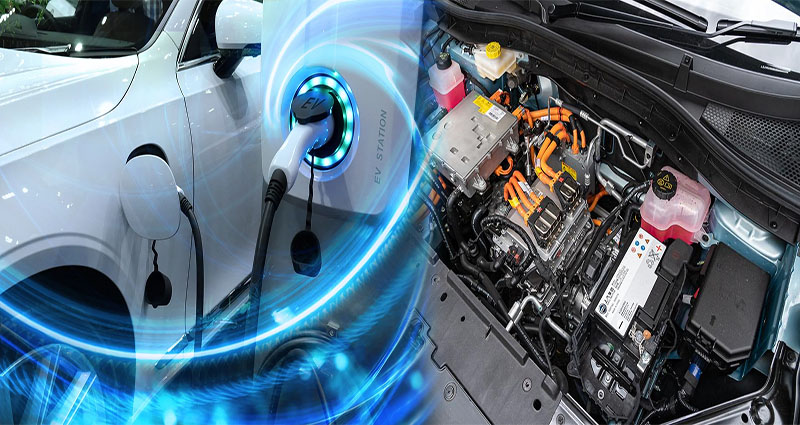Extended Range Electric Vehicles (EREVs) have emerged as a compelling solution for individuals looking to reduce their carbon footprint without sacrificing the convenience and flexibility of traditional vehicles. By combining the benefits of electric and petrol power, EREVs offer an extended driving range and reduced emissions. Let’s take a closer look at this innovative technology and explore its advantages and limitations.
What Are Extended Range Electric Vehicles (EREVs)?
EREVs are vehicles that incorporate both an electric motor and an internal combustion engine, similar to plug-in hybrid electric vehicles (PHEVs). However, what sets EREVs apart is that their primary source of propulsion is the electric motor. The internal combustion engine operates solely to generate electricity, which charges the battery and provides additional power when necessary.
The Benefits of Extended Range Electric Vehicles (EREVs)
- Reduced Emissions: One of the key advantages of EREVs is their significantly reduced emissions compared to traditional petrol or diesel vehicles. EREVs primarily run on electricity, resulting in lower carbon emissions and improved air quality.
- Extended Driving Range: Unlike pure electric vehicles (EVs) that rely solely on battery power, EREVs benefit from the presence of an internal combustion engine. This allows EREVs to travel longer distances without requiring frequent recharging, effectively eliminating range anxiety.
- Fuel Efficiency: EREVs optimize fuel usage by running primarily on electricity. The internal combustion engine acts as a generator, charging the battery and powering the electric motor, minimizing the need for expensive gasoline.
- Flexibility and Convenience: EREVs combine the benefits of both electric and petrol power, offering drivers the flexibility to undertake longer trips without the fear of running out of charge. They can be refueled at petrol stations, providing a familiar and convenient experience.
The Drawbacks of Extended Range Electric Vehicles (EREVs)
- Limited Electric-Only Range: While EREVs can run on electricity alone for a certain distance, their electric-only range is typically more limited compared to pure EVs. This means that drivers will still rely on petrol power for longer trips or when the battery is depleted.
- Cost: EREVs tend to have a higher price tag compared to conventional petrol vehicles. However, it’s important to consider the potential long-term savings in fuel costs and the positive impact on the environment.
- Complex Technology: The integration of both electric and petrol power sources adds complexity to the vehicle’s engineering and maintenance. This may result in higher maintenance costs and the need for specialized training for technicians.
Extended Range Electric Vehicles (EREVs) offer a compelling solution for individuals seeking a more sustainable and efficient form of transportation. By combining the benefits of both electric and petrol power sources, EREVs provide an extended driving range, reduced emissions, and increased fuel efficiency. They strike a balance between the limited range of pure electric vehicles and the convenience of traditional petrol vehicles. As technology continues to advance and charging infrastructure expands, EREVs are likely to become an even more attractive option for eco-conscious drivers in the future.





